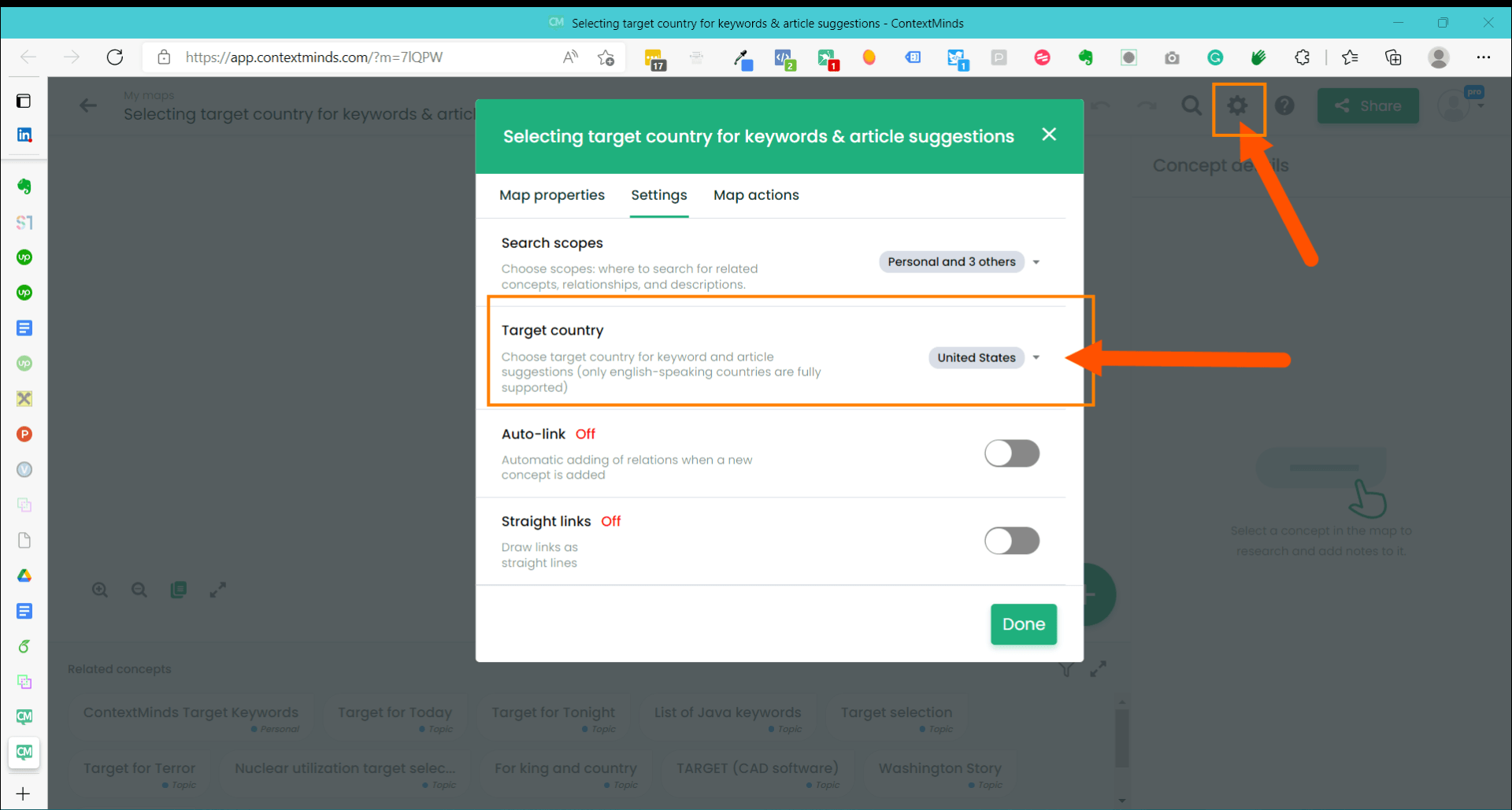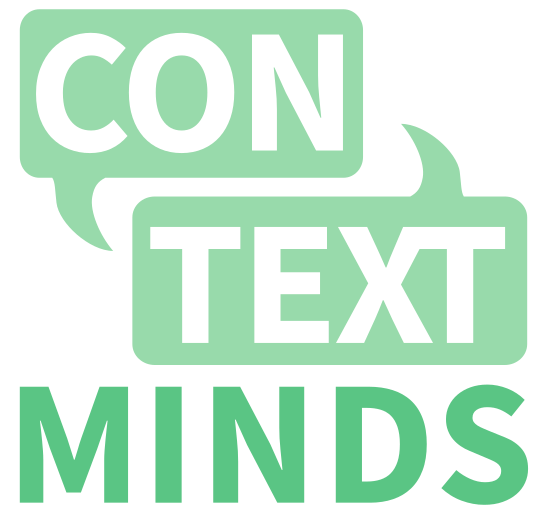By Soniya Jain
•
December 12, 2023
Ever read something and felt like it's missing a piece? It's frustrating, right? In the world of writing and content marketing, there's a big challenge: making sure your content is not just filled with words but also with meaning and relevance. Sometimes, in the rush to get more content out there, what's written can end up missing the mark—it lacks the whole story, depth, or connection readers are looking for. This is where the idea of 'complete context' comes into play. It's not just about the topics you choose but about how deeply and thoughtfully you explore them. It means really getting into the details, understanding your readers, and tying everything together in a way that clicks with them. In this blog, we will show you how to do just that. From understanding your audience's deepest needs to choosing the right format to strategically promoting your work—we've got you covered. Get ready to learn how to make your content not just informative but also engaging and memorable. Understanding the Challenge of Contextual Content Creating content that truly resonates with your audience goes beyond stringing together informative sentences. It's a nuanced process, and avoiding common pitfalls is crucial to prevent your content from falling flat. Let's explore 10 common challenges that can hinder the creation of comprehensive context in your content: Surface-Level Research: Merely scratching the surface of a topic often leads to generic content that lacks depth. In-depth research involving diverse sources and perspectives is crucial for uncovering unique insights and providing value beyond the obvious. Delve into studies, expert opinions, and contrasting viewpoints to give your content a rich, well-rounded perspective. Misunderstanding the Audience: Not grasping the nuances of your audience's needs can lead to irrelevant or unengaging content. This includes failing to recognize their pain points, interests, and the specific language that resonates with them. It's essential to invest time in understanding who your audience is, what they care about, and how they consume content. Only then you can create something that truly speaks to them. Lack of Clear Objectives: Content without a defined purpose can quickly become aimless or scattered. It's essential to establish what you want your content to achieve, whether it's to educate, entertain, or convert. Clear objectives guide the content's structure, tone, and direction, ensuring every piece you produce has a defined role in your overall strategy. Failing to Balance SEO with Readability: Over-focusing on SEO can lead to content stuffed with keyword that's awkward to read, while ignoring SEO can make your content hard to find. The challenge is to integrate keywords naturally while keeping the content engaging and easy to read. This balance ensures your content ranks well without sacrificing user experience. Ignoring Content Format Variety: Relying solely on one type of content format can lead to a monotonous user experience and limit your reach. Embracing different formats such as videos, infographics, podcasts, and blogs caters to various learning styles and preferences. Mixing up formats can help you reach a wider audience and keep your content fresh and engaging. Inadequate Content Promotion: Even the best content can go unnoticed without the right promotion. Understanding where your audience spends their time and how they like to engage with content is crucial for effective promotion. This means sharing your content and engaging with your audience through those channels, whether it's social media, email newsletters, or industry forums. By addressing these challenges head-on, you set the stage for creating content that is not only rich in context but also impactful and engaging. Step-by-step Process to Create Content with Complete Context Craft Detailed Buyer Personas Understanding your audience begins with crafting detailed buyer personas. Essentially, a buyer persona is a detailed character sketch of your ideal customer, based on real customer data and insights. This sketch includes demographic details, behavior patterns, motivations, and goals. It's like creating a character for a novel but grounded in reality. Buyer personas give you a clear picture of who you're talking to and guide your content towards relevance and engagement. By understanding who you are writing for, you can tailor your content to directly address your audience's specific interests, challenges, and desires. To craft a buyer persona, you must first collect data. This involves gathering information from existing customers through surveys, interviews and analyzing website and social media analytics. Look for common themes such as age, profession, pain points, and motivations.











